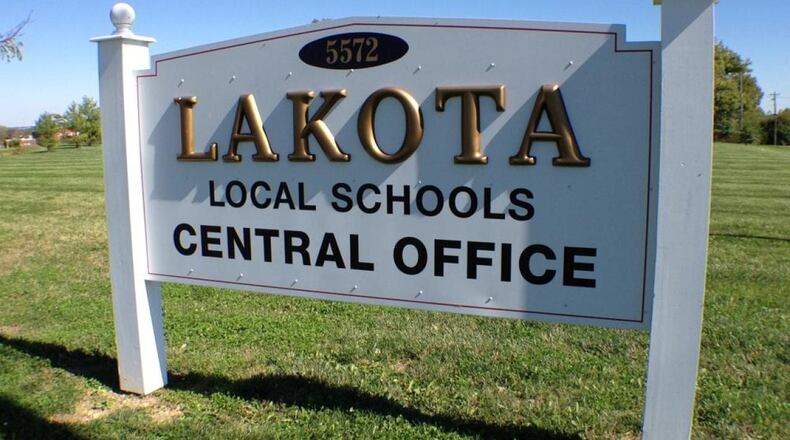In the past, the financial forecast presentation — and board questions and discussions — usually involved two public meetings of the school board.
But the Ohio Department of Education now requires local school boards to approve by vote both the May and November financial projection plans.
Logan said she wanted to get a jump on the new, ODE-mandated process due to some board votes in recent years on the forecasts not being unanimous.
“It is a change and we need to discuss it,” citing some past board members — and current Board of Education President Lynda O’Connor — and their negative votes on the five-year financial projections due to concerns over projected deficits.
The district, which is the ninth largest in the state and the largest suburban school system in southwest Ohio, has seen past forecasts predict a spending deficit in 2023.
But largely due to the influx of federal Elementary and Secondary School Emergency Relief (ESSER) funds — to help offset costs from the COVID-19 pandemic — that projected budget deficit is now predicted to begin in 2024.
Logan urged the board to begin thinking of and discussing priorities for Lakota’s 17,000 students for the next five years and beyond, and what impacts those may have on the district’s upcoming forecast, which will be presented by her in a final form for board vote at its May 23 meeting.
“The number one item for us is to make sure what priorities are and align our (financial) goals appropriately,” said Logan.
The state-required, five-year financial forecasts have been inherently problematic for decades for Ohio’s 613 public school systems.
Ohio operates on biennium budgets, so often — according to local school treasurers — the projections of districts on its level of state funding is forced to consist mostly on broad estimates more than two and three years out.
The school board, which was holding a work session rather than a regular public meeting, took no action on Logan’s suggestions as is the stipulation for such sessions.
Board members, however, had some initial suggestions as to what areas in the district’s operations should be discussed in the coming weeks as Logan formulates her forecast.
Member Kelley Casper said she’d like to see the district administration examine overcrowding in some school buildings and grades.
O’Connor wants future discussions to include a focus on avoiding deficit spending.
Member Darbi Boddy said she’d like more information on district monies spent on educational programs purchased by Lakota and the possible restoration of school busing for students at the districts’ two high schools.
The board’s next regular school board meeting, which allows board comment public comments and votes, is scheduled for 6:30 p.m. on May 9.
About the Author

